Maintaining and upgrading utilities infrastructure is essential for ensuring uninterrupted water and gas supplies. However, pipe replacement contractors face numerous challenges. In this blog, we explore eleven major challenges and how to tackle them effectively.
1. The Scale of the Pipe Replacement Problem
The Challenge
Utility companies in the UK and North America are constantly under pressure to replace aging infrastructure. In the UK, over 340,000 kilometers of mains water pipes are leaking more than 3,000 million liters of water daily. In the US, around 7 million lead pipes need replacing, costing an estimated $1 trillion.
The enormity of the task is compounded by regulatory requirements set by bodies like Ofwat and Ofgem in the UK and similar entities in North America. These regulations ensure that utility companies maintain and upgrade their infrastructure to prevent failures and ensure safe delivery of water and gas.
Solution
Regulators push for innovative solutions, like pipe pulling technology, to replace infrastructure efficiently and cost-effectively. Pipe pulling reduces costs and minimizes disruptions compared to open cut excavation. As highlighted in the Horizontal Directional Drilling (HDD) Operations White Paper, these technologies are crucial for maintaining infrastructure without significant surface disruption.
2. Cutting the Time a Repair Takes
The Challenge
Traditional pipe replacement methods can be slow, requiring road closures and causing significant disruption to traffic and pedestrian access. The actual repair time is often just a small part of the overall project timeline. Scheduling road closures and mobilizing heavy equipment can cause delays and inconvenience to the public.
Solution
Pipe pulling technology significantly reduces setup and breakdown time, cutting overall project duration by over 60%. This method minimizes the need for extensive digging and ground reinstatement. The use of trenchless technology, as discussed in industry publications, shows how these methods can streamline operations, allowing for quicker project completion and less impact on daily life.
3. Reducing the Risk of Utility Strikes
The Challenge
Excavation work can damage existing utilities, causing safety hazards, service disruptions, and costly repairs. Non-directional moling and open cut excavation increase the risk of hitting other utilities. This risk is particularly high in densely populated urban areas where multiple utilities share limited underground space.
Solution
Pipe pulling technology reduces the risk of utility strikes by using the existing pathway of the old pipe to install the new one. This method avoids creating new channels that could intersect with other utilities. By reusing the established route, contractors can avoid the unpredictable risks associated with new excavations.
4. Minimizing Disruption to Homeowners
The Challenge
Replacing pipes often requires excavations that damage driveways, gardens, and other property features. Homeowners are understandably protective of their property and dislike the disruption caused by such work. The aesthetic and structural integrity of their property can be compromised, leading to dissatisfaction and complaints.
Solution
Pipe pulling minimizes excavation size on homeowners’ property, sometimes as small as an A3 sheet of paper. This approach reduces reinstatement costs and lessens the disruption and emotional distress for homeowners. This minimalistic approach not only preserves the property’s integrity but also speeds up the process of making the area functional again.
5. Reducing Disruption to Neighbors and the Public
The Challenge
Partial road closures for pipe replacement are highly disruptive to local traffic and can last several days. The necessary plant equipment creates noise, dust, pollution, and traffic management issues. These disruptions can lead to significant inconvenience and potential safety hazards for the public.
Solution
Pipe pulling requires only two small excavations on each side of the road, reducing the time needed for road closures. This method minimizes noise pollution and the movement of heavy equipment, making it less disruptive to the community. Efficient traffic management and reduced environmental impact make pipe pulling a preferred method in urban settings.
6. Mitigating Safety Concerns to Contractor Crew and General Public
The Challenge
Construction sites pose significant safety risks, especially with open holes, heavy machinery, and debris. Injuries to workers or the public can delay projects and lead to costly lawsuits. Ensuring a safe work environment is crucial to maintaining operational efficiency and public trust.
Solution
Pipe pulling reduces these risks by minimizing the amount of digging required. With fewer hazards on-site and quicker project completion times, this method enhances overall safety. The controlled environment provided by pipe pulling methods ensures that safety protocols can be strictly followed, reducing the likelihood of accidents.
7. Ensuring Faster Reinstatement of Property
The Challenge
Excavations for pipe replacement require backfilling and reinstating the ground surface, which can be labor-intensive and costly. Homeowners often complain about inadequate reinstatement, leading to further work or compensation claims. Proper reinstatement is essential to restore normalcy and aesthetic appeal to the affected areas.
Solution
Pipe pulling requires smaller excavations, reducing the cost and effort needed for reinstatement. This method ensures that property is restored more quickly and to a higher standard. Efficient reinstatement processes reduce long-term maintenance costs and enhance customer satisfaction.
8. Optimizing Working Ground Conditions
The Challenge
Moling can be difficult in certain ground conditions, such as very soft or rocky soils. This can cause delays, additional costs, and risks of utility strikes or property damage. Adverse ground conditions can significantly hinder traditional pipe replacement methods.
Solution
Pipe pulling uses the existing pathway of the old pipe, making it less dependent on ground conditions. This method works effectively in various soil types and inclines, offering a reliable alternative to moling. By adapting to diverse ground conditions, pipe pulling ensures consistent project delivery.
9. Maximizing Through Life Cost
The Challenge
Running a pipe replacement business is expensive, with significant investments in equipment. Contractors need to consider the whole life cost of their tools and machinery. Efficient financial management and cost-effective operations are essential for sustainable business growth.
Solution
Pipe pullers are relatively inexpensive and maintenance-free compared to other equipment like directional drills. They offer a quick payback period and lower overall costs, making them a sustainable investment. By focusing on cost-effective technologies, contractors can enhance profitability and operational efficiency.
10. Recovering Old Pipework and Reducing Contamination
The Challenge
Decommissioned pipes left in the ground can cause environmental pollution and are considered waste. They need to be safely removed and disposed of according to regulatory guidelines. Environmental responsibility and regulatory compliance are crucial for modern utility operations.
Solution
Pipe pulling removes old pipes, eliminating potential contamination and allowing for recycling. This method complies with environmental regulations and recovers valuable scrap material, reducing overall project costs. The environmental and economic benefits of pipe pulling make it a preferred choice for sustainable utility management.
11. Adapting to Technological Advancements
The Challenge
The utility industry is continuously evolving with new technologies emerging that promise greater efficiency and cost savings. Staying updated and integrating these advancements can be challenging but is necessary to remain competitive.
Solution
Staying abreast of the latest technological advancements and incorporating them into existing practices is crucial. Regular training and investment in new technology can significantly enhance operational efficiency. Technologies such as advanced sensors, automated machinery, and enhanced software for project management can streamline operations and reduce costs. For instance, integrating real-time data analytics can help in predictive maintenance and better resource allocation, thus ensuring smoother project execution.
Conclusion
Pipe pulling technology offers a viable solution to many challenges faced by pipe replacement contractors. It reduces costs, minimizes disruptions, enhances safety, and is environmentally friendly. By adopting innovative methods like pipe pulling, utility companies and contractors can meet regulatory demands, improve efficiency, and provide better service to customers.

